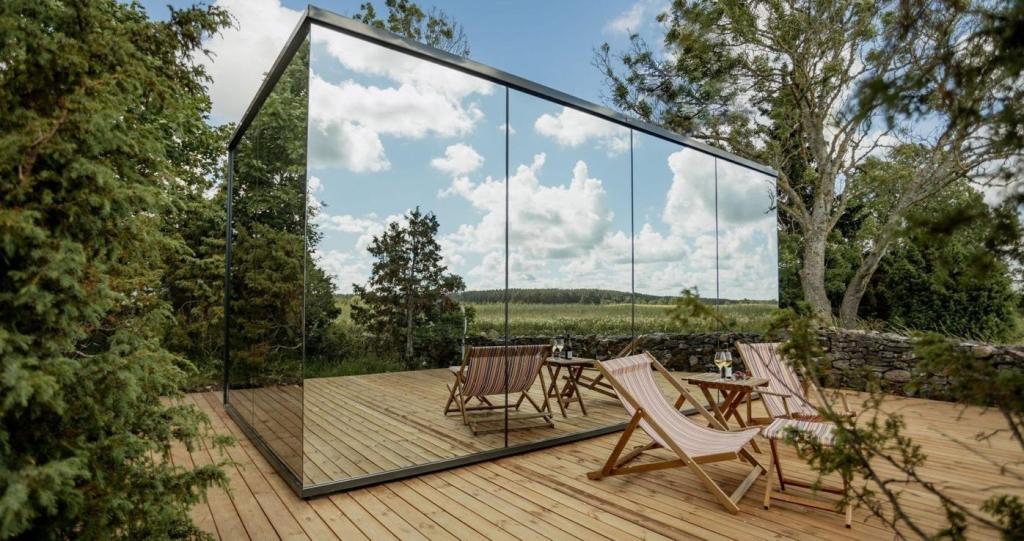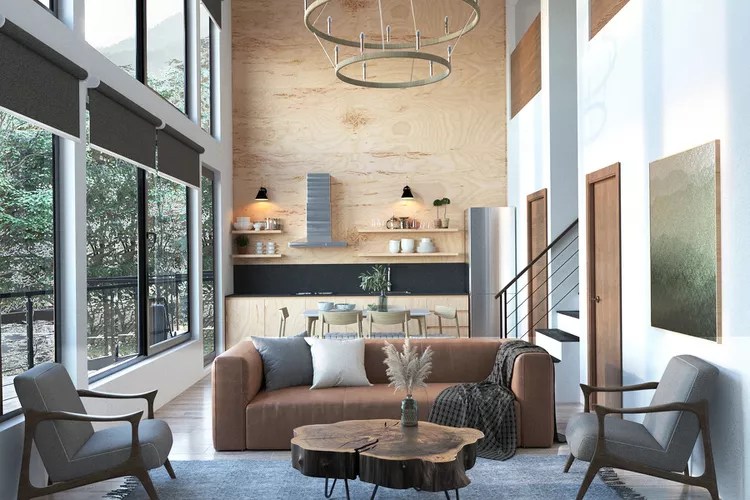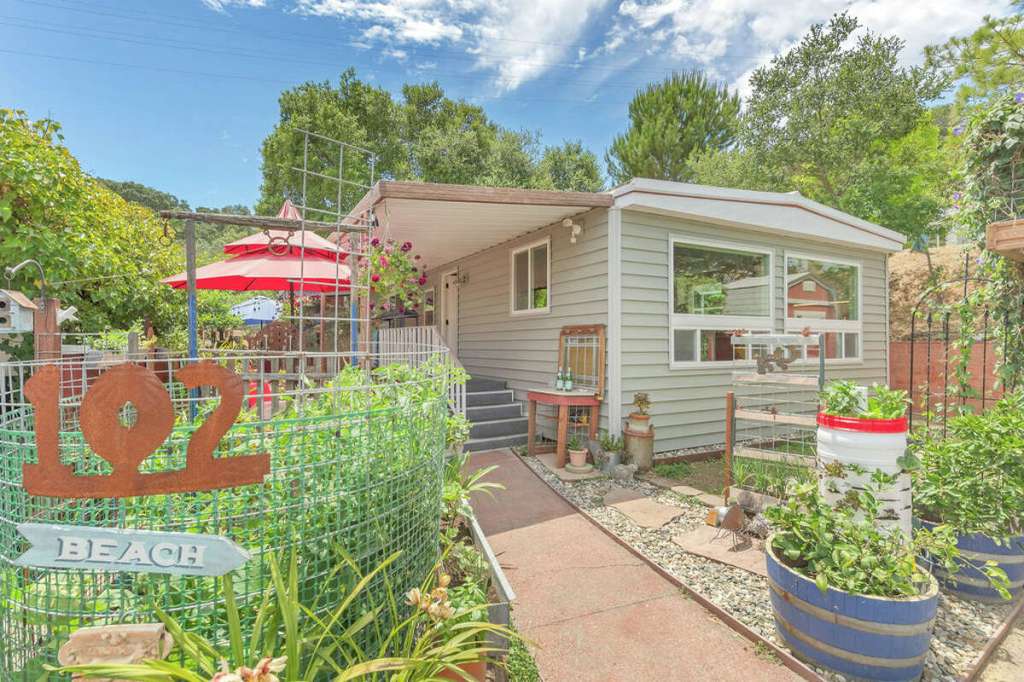There’s a different sort of March madness that has nothing to do with basketball: it’s the annual flood of numbers and statistics for the previous year, compiled from various year-end reports and surveys. Some are revealing, some are of dubious value and some hint at truths that may unfold over the next year or so. Almost all get trotted out on behalf of one agenda or another, and all are enough to make anyone’s head spin.
One of the most questionable bits of accounting has to do with the size and economic impact of the outdoor recreation industry. A malleable business segment whose definition will vary from one person to another, it generally eschews any kind of government involvement—until there are tax dollars to be dispensed, at which time various PR engines kick into high gear to extol the importance of outdoor spending to the overall economy, to the health of the planet and to the wellbeing of all Americans. And so as the Outdoor Recreation Act lurches toward Congressional adoption, supporters have been underscoring its importance by claiming that outdoor recreation contributes a whopping $862 billion to the U.S. economy and therefore is not to be taken lightly. The RV Industry Association has chimed in by claiming that its piece of the action has been $140 billion, and of that, $35.7 billion is attributed to RV parks and campgrounds.
Yowza! $140 billion from RVing? Almost $36 billion from RV parks and campgrounds? Sounds impressive as hell—until you realize that the International Dairy Foods Association claims the dairy industry had an economic impact of $753 billion in 2021, or 3.5% of that year’s U.S. gross domestic product. Just for cow juice. Meanwhile, the bottled water industry says it expects its revenues to reach $95 billion this year, a bit more than the $91.4 billion in projected spending this year for beauty and personal care products, and even the justifiably maligned tobacco industry has U.S. sales of more than $100 billion a year. Those 11- and 12-digit numbers start adding up pretty fast, and as you slice and dice the economy into its various products and services, you soon realize that their combined “contributions” to the overall economy are larger than the whole. Since that’s mathematically impossible, could it be that each group of industry promoters has been just a wee bit fast and loose with definitions and numbers?
Realistic or not, though, industry representatives by their very nature will portray their businesses as economically important, growing and vital. In that regard it’s instructive to look at RVIA’s recently released survey profiling last year’s new RV buyers. A key finding: the new buyers are unquestionably younger than in past years, with 65% categorized as millennials and only 3% as boomers. With a median age of 32 and a median household income of $80,900, last year’s buyers were buying RVs priced at an average of $92,415—suggesting either that this is a generation with unexpected wealth or one that is willing, because of its youth, to take on some lengthy financing. The latter seems more likely, but either way, RVIA is intent on letting us know that this is a growth industry with a bright future and not just some fuddy-duddy backwater.
But there are other considerations. While the RVIA survey reports that almost a third of the new buyers expect to be camping at privately owned RV parks, a national survey released yesterday by the National Association of RV Parks and Campgrounds suggests those parks may not be as roomy as needed. Although 48% of campground owners had projected they would add a total of 81,000 new RV sites nationwide in 2022, the actual number was closer to 17,000. Moreover, fewer RV parks anticipate adding new sites this year—only 28%, for a projected increase of 44,000 sites—so given recent history, it’s fair to assume that the actual inventory increase may well be less than 10,000. That won’t go far in relieving the increased demand.
Meanwhile, although ARVC’s study is reasonably helpful in its national overview, its sample size is too small to draw definitive conclusions about various parts of the country—which is a shame, because the numbers it does have hint at significant regional differences. Overall, the study suggests that the campground industry is considerably stronger in the 12-state southern region than in the 13 states west of the 100th meridian, including a larger percentage overall of corporate-owned and franchised operations—and therefore deeper pockets— in the south than elsewhere. It therefore may not be surprising that only 18% of western campgrounds added sites last year, compared to 31%-32% in the rest of the country; this coming year, 50% of southern campgrounds plan to add sites, compared to just 10% in the west.
As mentioned, the sample sizes for each region (66 campgrounds in the west, 71 in the south) are too small to be more than suggestive. But they are in line with another set of regional differences: while only 9% of southern campground owners expect to sell their RV parks this year, that percentage doubles for the western operations. That could mean one in five western RV parks will change hands in 2023, making an an already turbulent industry even more so. On the other hand, a lot of those campground owners may have missed their best window and may end up changing their plans. According to an interview in the April edition of Woodall’s Campground Magazine, RV park prices have fallen from 10% to 30% in the past year, due not only to market conditions but to year-over-year revenue declines.
“Generally, the high interest rates are raising cap rates marginally, which is decreasing the overall value of properties,” Jesse Pine, a broker at NAI Outdoor Hospitality Brokers, told the magazine. “Also, 2021 was a banner year for most owners and in 2022 parks were down 5%-10% in gross income commonly across the country, [which] coupled with higher expenses like rising utility, labor and construction costs, [means] the result was lower than expected net income.”
Up, down, sideways—you can probably cobble together whatever scenario you find most pleasing from all the numbers getting slung around. The only thing certain is that being in the campground business these days means one helluva wild ride.
Most recent posts




